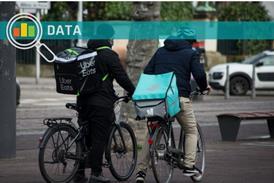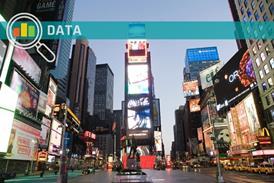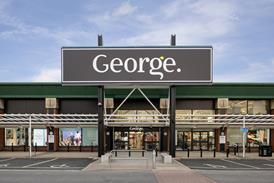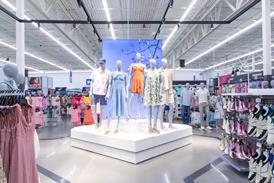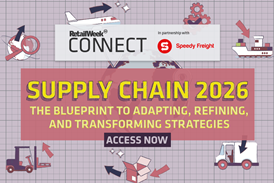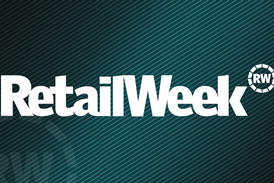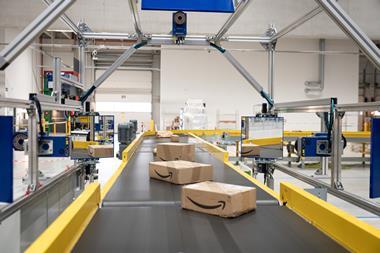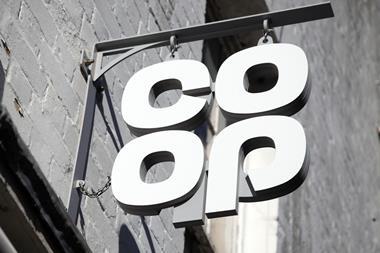As the logistics sector continues to strive for a greener future, Wincanton’s Helen Flanagan takes a look at how digital solutions can help with the carbon and cost balancing act
From rising fuel and labour costs to driver shortages and the pressures of rising customer expectations, the logistics sector is facing a wealth of challenges that risk both its efficiency and profitability.
As wider economic pressures force organisations to make decisions driven often by cost, the perception that greener logistics practices drive up expenses has resulted in something of a de-prioritisation of sustainability.
According to our research amongst decision makers in the supply chain, logistics and transport industry, over half (54%) are struggling to meet their net zero goals.
However, there is a discrepancy between fact and perception.
Also highlighted in our research, 37% have actually seen cost reductions from tackling their CO2 emissions, demonstrating that it is not a question of sustainability versus profitability – but a question on balancing the two.
So, how do we do just that?
Going digital
In today’s digital world, just under a quarter (24%) of organisations still plan their operations fully manually and 42% struggle to optimise.
This can have a negative impact on businesses, including higher maintenance costs, longer delivery times, higher emissions and bigger planning teams – all of which contribute to the economic storm of challenges facing the sector today.
However, digital solutions, such as Wincanton’s EyeQ platform, can offer comprehensive features for real-time optimisation and collaboration – unlocking substantial cost savings and environmental benefits.
In a time where fully scalable alternative vehicles and fuels are still some years away from deployment, especially for heavier vehicle loads, it is the utilisation of this technology that can truly help optimise efficiency to reduce both operating costs and support the environment, today.
By cutting down miles through efficient route planning and load optimisation, this investment can both improve fuel efficiency and tackle empty running – an issue that currently costs businesses both money and carbon.
Collaborate to succeed
Additionally, in a sector which benefits from cross-organisation collaboration, logistics providers have the potential to further maximise vehicle utilisation and reduce carbon footprints – all whilst bringing a wealth of commercial opportunity to growing customer expectations – by sharing assets, fleets, and drivers.
Increased collaboration can also help address the critical labour shortages that continue to plague the industry.
This has seen many organisations stuck in ‘reaction mode’, meaning they have been unable to plan effectively for growth, and are, instead, failing to meet customer demands: 59% in our recent survey said that the lack of HGV drivers means they often fail to meet customer demands.
Emerging platforms, however, can combine class-leading technology, people and process to drive collaboration that fosters more flexibility and greater resilience in supply chains. Improving the relationships with our sub-contract partners and increasing visibility of the community and their assets, are just two of the areas where these technologies can create real value.
Unlocking investment is always a challenge, especially in the current context. But if the sector truly wants to lead the way to a greener and more prosperous future, it must embrace technology and innovative new digital tools.
Sustainable action is not just an environmental imperative, but a strategic move that can deliver clear commercial benefits.
Helen Flanagan is product director, EyeQ at Wincanton




